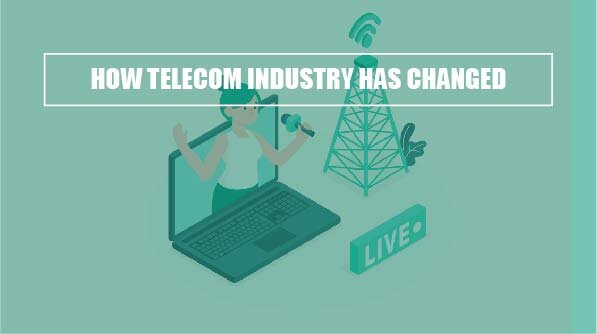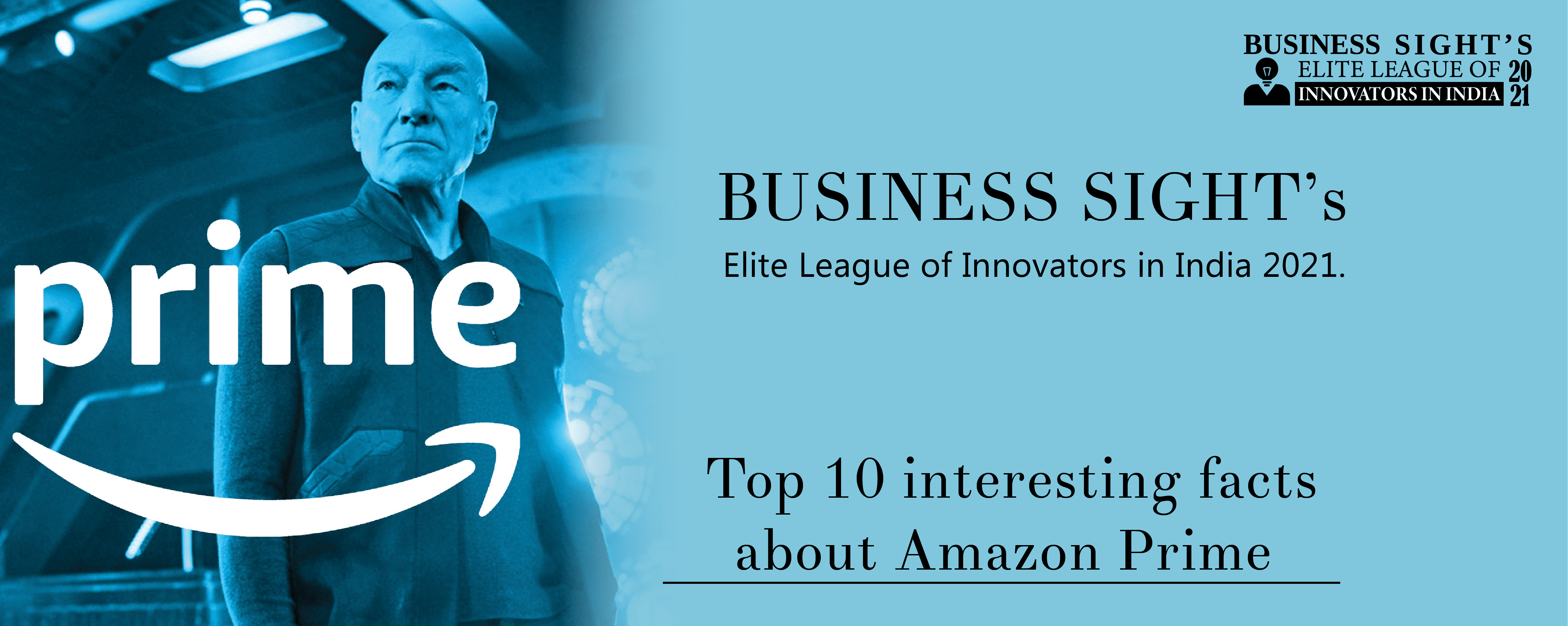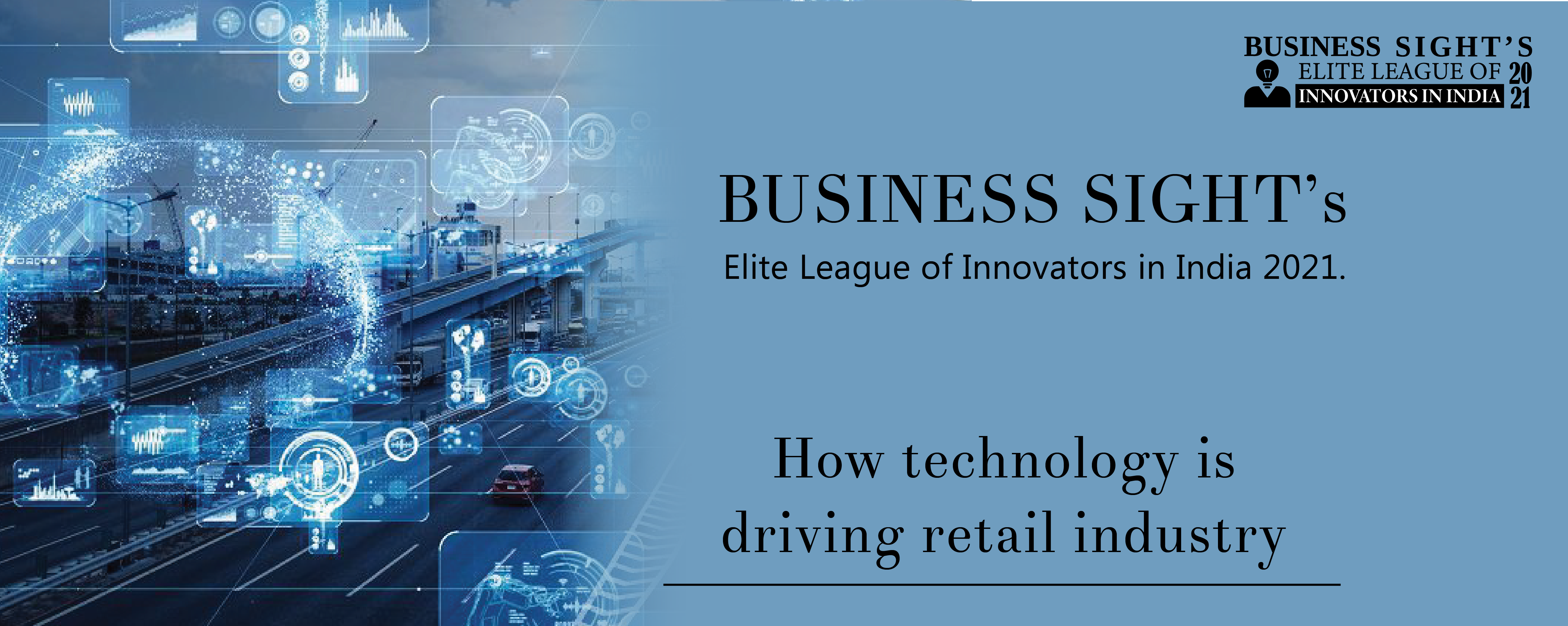10 years is not a huge amount of time, the past 10 years have quite possibly been the most incredible in terms of technological achievements in the telecom industry since the invention of the telephone but the telecom industry has witnessed rapid changes over the last 10 years. Advancements in technology have completely altered the market landscape for the telecom industry as moving to digital from analog and the first wireless networks were innovative, but when looking at an entire 10-year span, the advancements are astounding. Even though technology caused a lot of churn in the industry, it ultimately made the telecom industry stronger overall since the advent of 4G, wearables, smartphones, and mobile apps have changed the way people consume telecom services. Such disruptive innovations are posing challenges for the telecom giants as they are looking for means to stabilize their revenue streams and look for cost-effective solutions within technological achievements.
Mobile messaging and chat apps have been growing at a phenomenal rate, hurting call and messaging revenues of telecom players as the exponential pace of change driven by consumer demands is forcing businesses to reinvent the services they provide and the way in which they provide them. With over five billion mobile users in the world today, it is not enough for companies to focus solely on their networks and technology because customers of today have the option of choosing from a wide variety of messaging apps and most of the apps have included voice and video calling features as well. Text messaging services have been dwindling downwards along with the decline in voice revenue per user and it also requires a fundamental shift in companies’ business models and processes to provide their customers with a digital experience that builds brand loyalty and wallet share. The winners in the Digital Age will be those that can successfully simplify their legacy business processes, leverage the power of new technologies such as cloud and 5G and regaining the customers through various services that will oust messaging and chat apps. These new services will transform terabytes of data into real-time insights that deliver a truly exceptional customer experience.
5G isn’t expected to be commercially available until the end of 2020, but service providers aren’t waiting until then to start trailing new use cases and the development of 5G is in the pipeline and expected to be available to the public by the end of 2020. The development goes beyond data speed and bandwidth to improve latency issues to provide a unique browsing experience while at the Olympics, Korea Telecom and Intel partnered to support 4K and 8K streaming over 5G test stations. The biggest challenge facing the telecom industry is that non-telecom companies are also trying to force their way into this technology as twenty-five service providers around the world plan to launch 5G in 2019, with increased speed and lower latency supporting use cases like immersive content (augmented reality, virtual reality) and high-resolution video. And while initial industry excitement may come from consumer applications, expect to see some movement around enterprise-specific applications of 5G, there are numerous players in the telecom industry are still catching up to the 4G technology as they are still stuck with 2G and 3G technology.
There will be more than 10 billion IoT connections worldwide, 4 billion of which will be industrial connections, this shows the number of connected devices on IoT ecosystem is increasing exponentially, and players in the telecom industry are facing challenges in gearing up to the task. More device connections coming online and the development of a 5G network that’s ready to support that connection will change the telecom industry.


















Write a Reply or Comment